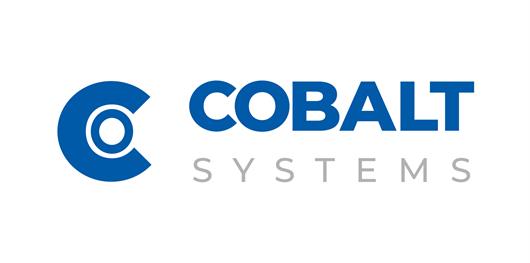 Add My Company
Add My Company

While it’s tempting to think that a fully automated labelling process is the gold standard and therefore the best for every situation, there are plenty of scenarios where a semi-automatic machine is the better option.
But before exploring that, what exactly is semi-automatic labelling?
Semi-automatic labelling combines manual and automated processes. Typically, An operator manually positions the product or pack, and a label is printed and applied to a product or outer pack.
Read on to find out more about how these systems work, and how they could be the best option for optimising your labelling operation.
Quick Links:
Semi-Automatic Labelling Machine Components
As with fully automated solutions, the key components of a semi-automatic labelling machine are much the same:
- Print Engine: Units such as the Zebra 511, are used to print via direct thermal or thermal transfer process to a label.
- Label Reel Mechanism: This holds the labels in situ and taut, ready for printing.
- Product Conveyor or Jig: This transports the product or pack through the labelling process and in the case of very specific product shape, a bespoke designed jig may be utilised.
- Label Applicator: This component is responsible for applying the labels and can use a variety of methods, such as air blow, tamp, roller or wipe-on to apply the labels.
- Control Panel and HMI (Human Machine Interface): A touch screen allows an operator to stop, start and pause the machine and adjust settings and functions as required.
- Quality Control and Inspection: Cobalt Sentinel uses Zebra Industrial scanners to carry out a two-stage control process; to verify that barcodes have printed to a sufficient quality and that the barcode information matches the product on the line.
- Safety Features: A variety of options exist including enclosures, warning beacons, light curtains, safety buttons and sirens to protect the operator and the machine.
Key Benefits of a Semi-Automatic Labelling Machine
One of the key benefits of machine label application is consistency. All Nexus 20 machines can manage hundreds of label templates, including the label design, what fields are to be printed (e.g. best before dates, ingredients, allergen data) and the exact position the label will be applied at.
Label templates only need to be created once at the point of initial set-up and then simply loaded when the corresponding product is being processed and packed. Label creation and management is usually handled via a dedicated software programme like Loftware NiceLabel.
Data fields that change regularly, like best-before dates, are simply input once before that batch of labels is being printed and the setup is complete. The input process can be manual or data can be imported from various database types, e.g. MS Access or SQL.
It is also possible to integrate a semi-automatic labelling machine with Enterprise Resource Planning (ERP) software like Microsoft Dynamics 365, SAP, IFS or a host of others. The benefit of ERP integration is enhanced information transfer.
Typically, all information pertaining to a product will be held in an ERP so it can be used as the source of all fields for a label, even variable data fields like best-before dates.
When to Choose a Semi-Automatic Labelling Machine
There are plenty of occasions when Semi Automatic Print and Apply suits the manufacturing or packaging line more readily than a fully automated process. A typical scenario is for low-volume batch production where the type and size of the product can change frequently.
Designing and building a packaging line that can handle a broad range of sizes and product types can be prohibitively expensive. However, given that barcode labelling is often at the end of a production line and is readily configurable, converting the time-consuming manual printing and applying process to semi-automatic is relatively simple.
With a Nexus 20 machine, you simply choose the correct label for the product on the line that day (or even that hour) and the correct label will print and apply in the correct place on the product or packaging, fed into the machine by an operator.
Semi-automatic labelling can also be used to great effect when the labelling is part of the production process rather than solely for packaging. One customer required a primary label to be applied directly to the product being manufactured which already relied on human interaction. In this case, we were able to design a solution that added a small handling step to the manufacturing process which allowed an operative to apply labels and convey the product up the line for packaging.
Or, for a life-sciences customer processing low volumes of allergen vials, a solution that could sit outside of the main manufacturing process was needed to avoid contamination. In this situation, the semi-automatic machine handled lots of different substances and needed to be cleaned after each batch, a process which took several hours, so a standalone solution was by far the most sensible approach.
In summary, a semi-automatic labelling machine comes with the vast majority of the benefits of a fully automated solution but where the scenario dictates, it can prove to be a much more appropriate half-way house.
If your business is considering a move to automated or semi-automatic barcode labelling, get in touch to find out how our Nexus 20 machines can help you save time and money.
For more information on A quick guide to semi-automatic labelling machines talk to Cobalt Systems Limited

